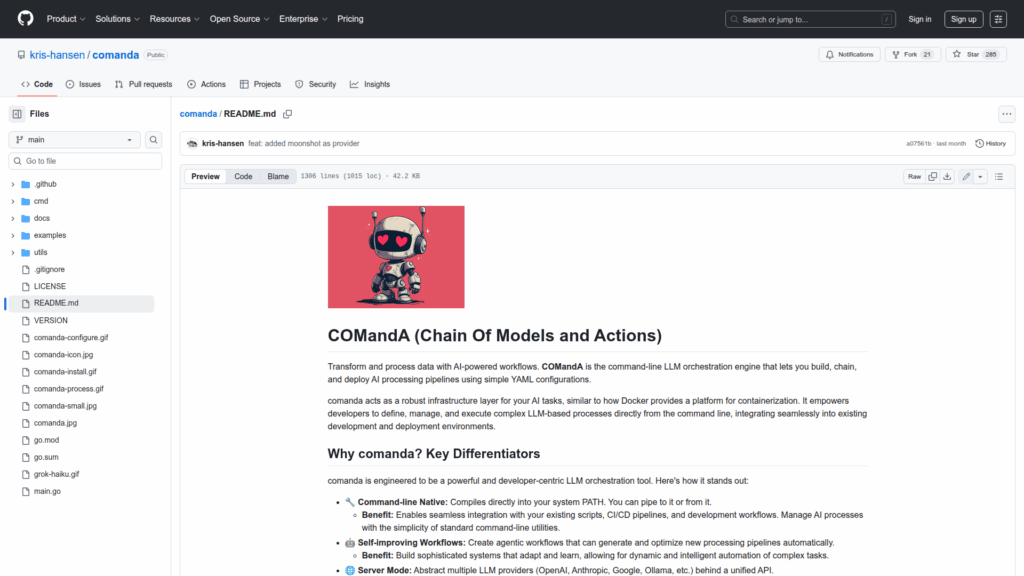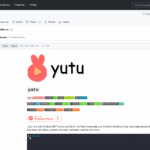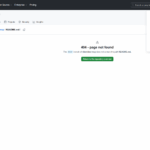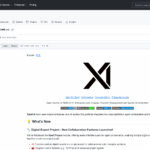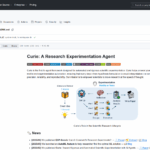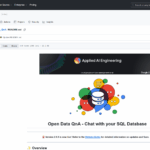comanda
Basic Information
COMandA (comanda) is a command-line LLM orchestration engine designed to let developers build, chain, and deploy AI processing pipelines using declarative YAML workflows. It provides a CLI that compiles into the system PATH and can be piped to or from, plus an optional HTTP server mode that exposes endpoints to upload, list, process and stream YAML pipelines and files. The project abstracts multiple LLM providers behind a unified API, supports vision models and web content, and includes runtime directory and file management. Workflows consist of named steps that accept files, STDIN, URLs, images or database queries and route outputs to files, STDOUT or databases. The tool targets reproducible, automatable, and scriptable AI tasks and offers configuration encryption and model selection to integrate LLM-based processing into development and deployment environments.

